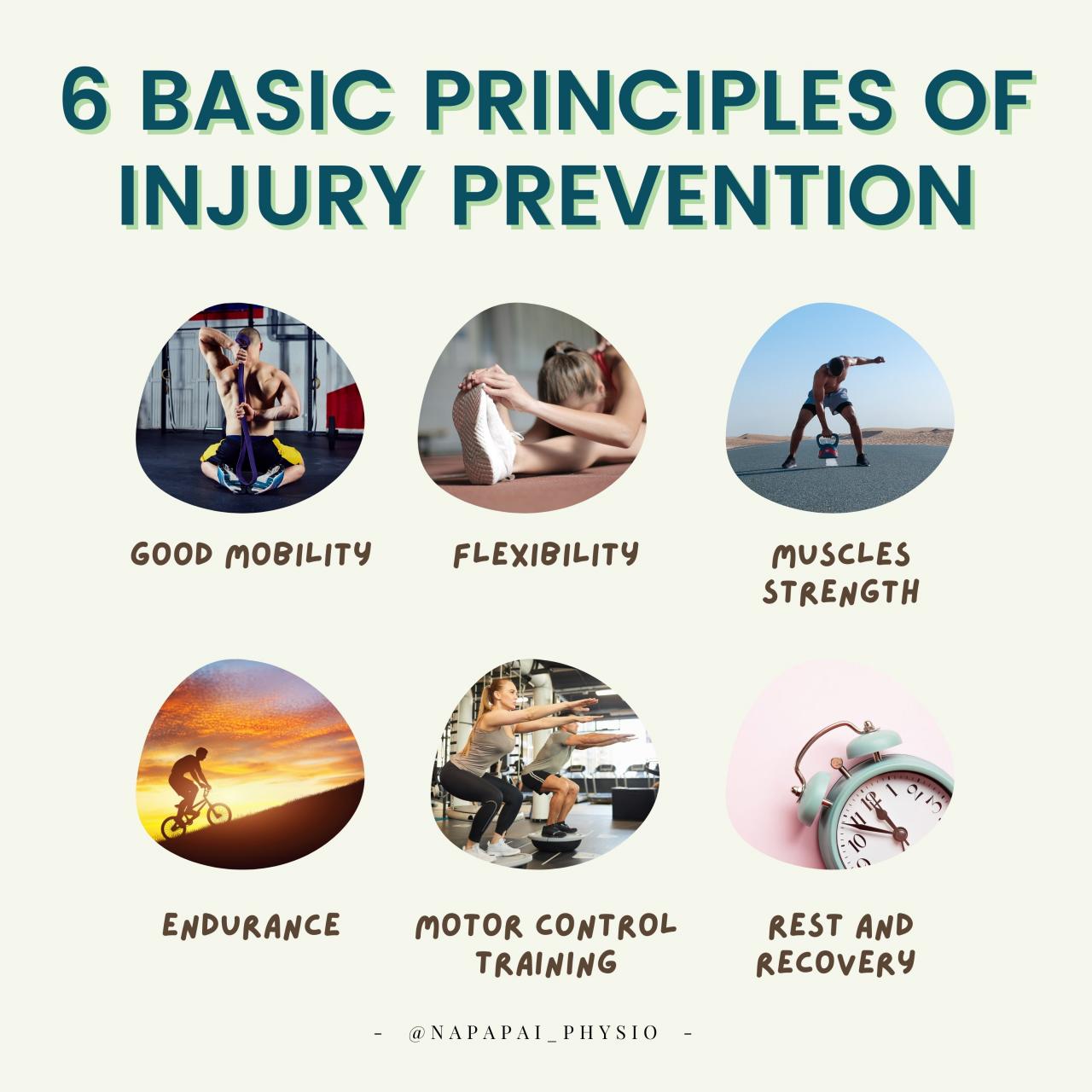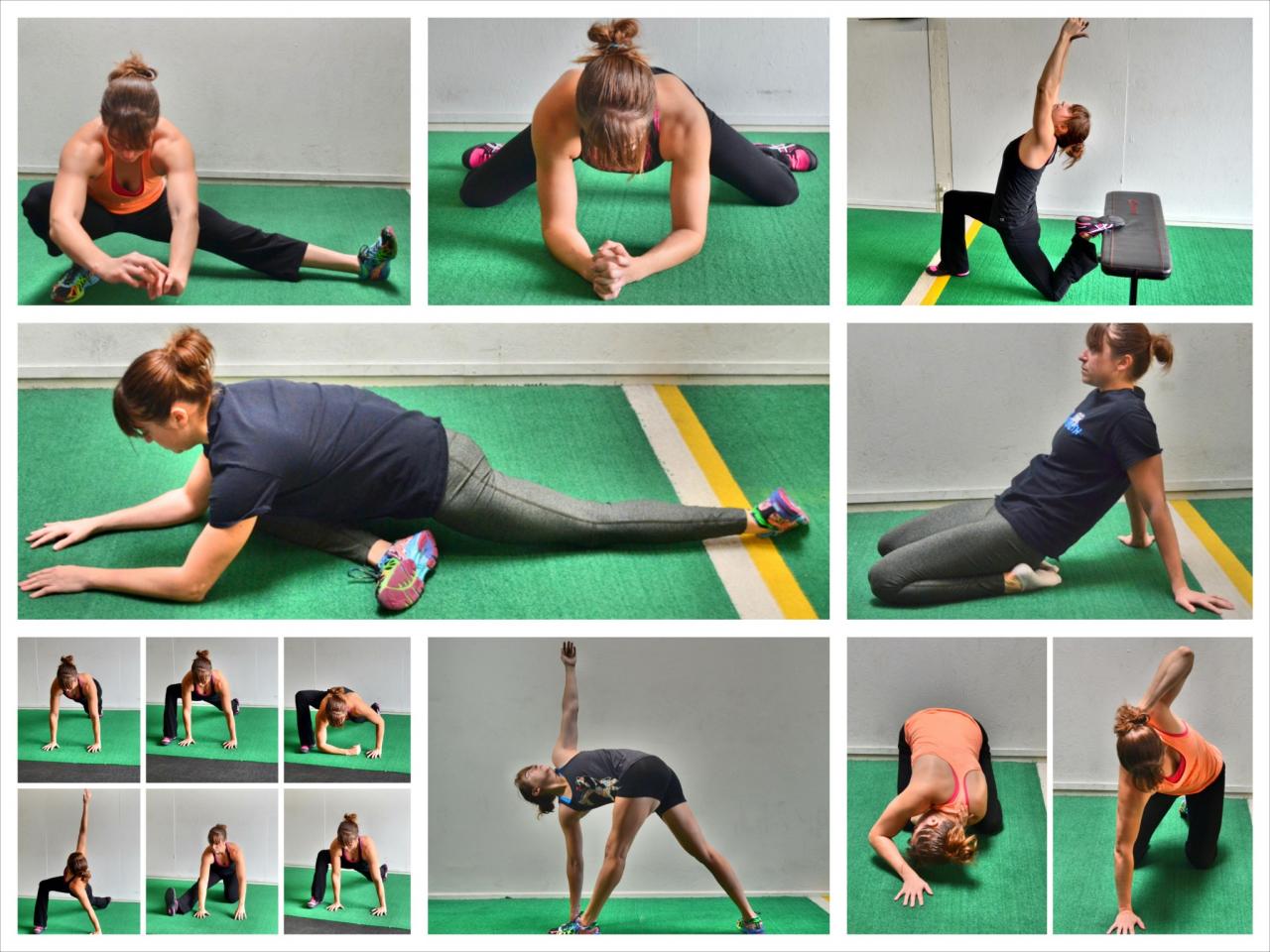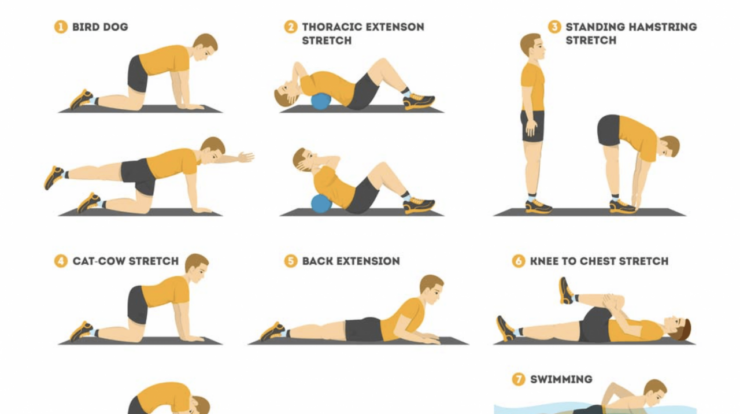
Explain why regular exercise is the best way to prevent flexibility issues. – In the realm of health and fitness, flexibility often takes a backseat to other aspects like strength and endurance. However, regular exercise is the best way to prevent flexibility issues and unlock a myriad of benefits for your overall well-being.
This comprehensive guide delves into the profound impact of exercise on joint mobility and range of motion, exploring the types of exercises that can enhance flexibility and the role it plays in reducing the risk of injuries.
In addition to honoring mothers, the occasion also recognizes the invaluable role of sisters who often take on maternal responsibilities. Warm wishes and heartfelt images are shared among siblings to celebrate the unique bond they share.
Regular Exercise: The Ultimate Preventative for Flexibility Issues

Regular exercise is a cornerstone of maintaining optimal physical health and well-being. Beyond its well-established benefits for cardiovascular health, weight management, and mood, exercise also plays a crucial role in preserving flexibility, reducing the risk of injuries, and enhancing performance in daily activities.
This article delves into the multifaceted ways in which regular exercise can safeguard flexibility, ensuring a lifetime of mobility and comfort.
Benefits of Regular Exercise for Flexibility, Explain why regular exercise is the best way to prevent flexibility issues.
Exercise exerts a profound impact on joint mobility and range of motion. By engaging in activities that involve stretching and lengthening muscles, tendons, and ligaments, regular exercise helps maintain the integrity and elasticity of these tissues. Over time, this leads to increased flexibility, allowing for greater freedom of movement and reducing the likelihood of stiffness or discomfort.Some
examples of exercises that promote flexibility include:
- Yoga
- Pilates
- Tai chi
- Stretching
- Dynamic warm-ups
Flexibility and Injury Prevention
Maintaining flexibility is paramount for injury prevention. When muscles and joints are supple and mobile, they are less prone to strains, sprains, and other musculoskeletal injuries. This is because flexible tissues can better absorb impact and tolerate stress, reducing the risk of damage.Numerous
studies have demonstrated the correlation between flexibility and reduced injury rates. For instance, a study published in the Journal of Strength and Conditioning Research found that athletes with greater flexibility had a significantly lower incidence of ankle sprains and knee injuries compared to their less flexible counterparts.
Flexibility and Daily Activities
Improved flexibility extends beyond athletic pursuits, enhancing performance in everyday tasks as well. Activities that require bending, reaching, or twisting, such as gardening, cleaning, or playing with children, become easier and more enjoyable with increased flexibility. This is because flexible muscles and joints allow for greater range of motion and reduced strain, making daily tasks more manageable and less likely to cause discomfort.
Types of Flexibility Exercises
There are various types of flexibility exercises, each with its own benefits and applications. Understanding the different types can help individuals tailor their exercise routines to their specific needs and goals.
| Type | Description | Benefits | Examples |
|---|---|---|---|
| Static | Holding a stretch for an extended period (10-30 seconds) | Improves flexibility over time | Stretching, yoga |
| Dynamic | Stretching while moving, such as arm circles or leg swings | Prepares muscles for activity, reduces risk of injury | Dynamic warm-ups, tai chi |
| Active | Stretching using the body’s own power, without external assistance | Increases strength and flexibility | Yoga, Pilates |
| Passive | Stretching with the help of external force, such as a partner or stretching strap | Deepens stretches, improves flexibility | Partner stretching, assisted stretching |
Flexibility Training Plan
To reap the benefits of regular exercise for flexibility, it is essential to incorporate a comprehensive flexibility training plan into your routine. This plan should include a combination of different types of exercises, performed with appropriate frequency and duration.A sample flexibility training plan might include:
- Frequency: 2-3 times per week
- Duration: 15-20 minutes per session
- Exercises:
- Static stretches for major muscle groups (hold each stretch for 15-30 seconds)
- Dynamic stretches (warm-ups) before workouts
- Yoga or Pilates poses
Remember, it is crucial to warm up before and cool down after flexibility exercises to prepare muscles and prevent injury.
Ultimate Conclusion

By incorporating regular exercise into your routine, you not only improve your flexibility but also enhance your performance in everyday activities, from mundane tasks to athletic pursuits. Embrace the power of flexibility and unlock a life filled with greater mobility, reduced risk of injuries, and an overall sense of well-being.
FAQ Summary: Explain Why Regular Exercise Is The Best Way To Prevent Flexibility Issues.
How often should I exercise to improve flexibility?
Aim for at least 2-3 days of flexibility exercises per week, with each session lasting 15-20 minutes.
For those seeking to convey their love in a different language, German expressions such as “Einen wunderschönen Muttertag!” and “Alles Liebe zum Muttertag!” offer a heartfelt way to say “Happy Mother’s Day” in German.
What types of exercises are best for flexibility?
Static, dynamic, active, and passive stretching exercises all contribute to improving flexibility.
As Mother’s Day approaches, countless individuals express their heartfelt gratitude for the unwavering love and support of their mothers. From heartfelt messages to poignant remembrances of mothers in heaven, the day is filled with expressions of love and appreciation.
How can I prevent injuries during flexibility exercises?
Always warm up before stretching and cool down afterward. Listen to your body and avoid overstretching.






